Baking Soda and Vinegar Reaction: The dynamic duo of your pantry isn’t just for science experiments anymore! For generations, folks have relied on the simple yet powerful baking soda and vinegar reaction for everything from cleaning drains to making volcanoes erupt. But did you know this fizzy phenomenon can also be a secret weapon in your home gardening arsenal?
I’m excited to share some clever DIY tricks that harness the power of this bubbly blend to help your garden thrive. Forget expensive chemical solutions – we’re going back to basics with a time-tested, eco-friendly approach. Whether you’re battling stubborn weeds, struggling with soil pH, or simply looking for a natural way to boost your plants’ health, the baking soda and vinegar reaction offers a surprisingly effective solution.
In this article, I’ll walk you through easy-to-follow recipes and techniques that will transform your garden into a flourishing oasis. Get ready to unlock the potential of these everyday ingredients and discover how the magic of a simple chemical reaction can make a world of difference for your plants!
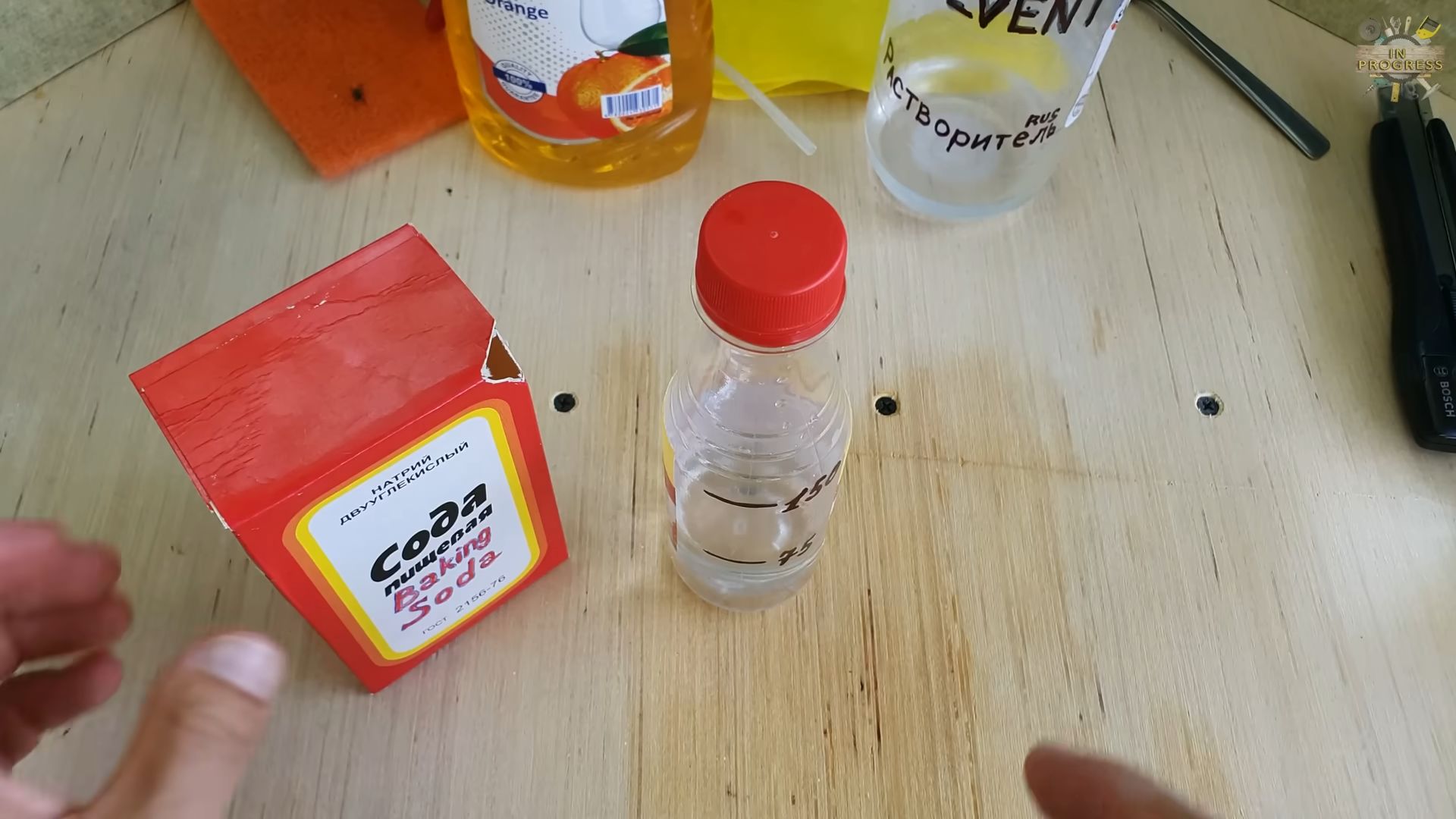
Unclog Your Drains Naturally: The Baking Soda and Vinegar Powerhouse!
Hey there, fellow DIY enthusiasts! Tired of harsh chemicals and expensive plumbers? I’ve got a fantastic, eco-friendly solution for you: the classic baking soda and vinegar drain cleaner. This method is not only super effective for minor clogs, but it’s also safe for your pipes and the environment. Plus, you probably already have these ingredients in your pantry! Let’s get started!
What You’ll Need:
* 1 cup baking soda
* 1 cup white vinegar
* Boiling water
* A kettle or pot for boiling water
* A measuring cup
* A spatula or spoon (optional, for pushing baking soda down the drain)
* Rubber gloves (optional, for extra cleanliness)
Why This Works: The Science Behind the Fizz
Before we dive in, let’s quickly understand why this works. Baking soda (sodium bicarbonate) is a mild alkali, and vinegar (acetic acid) is a mild acid. When they combine, they create a chemical reaction that produces carbon dioxide gas. This fizzing action helps to loosen and break down the gunk and grime that’s clogging your drain. The boiling water then helps to flush everything away. It’s a simple, yet powerful combination!
Step-by-Step Instructions: Unclogging Your Drain
Alright, let’s get down to business! Follow these steps carefully, and you’ll have your drain flowing freely in no time.
1. Clear the Area: First things first, remove any standing water from the sink or tub. If there’s a lot of water, you might need to bail it out with a cup or small container. You want the baking soda and vinegar to directly target the clog, not be diluted by excess water.
2. Pour in the Baking Soda: Measure out 1 cup of baking soda and carefully pour it down the drain. Try to get as much of it down the drain as possible. If some sticks to the sides, use a spatula or spoon to gently push it down. This ensures the baking soda makes good contact with the clog.
3. Add the Vinegar: Now, measure out 1 cup of white vinegar and slowly pour it down the drain on top of the baking soda. You’ll immediately hear the fizzing and bubbling begin. This is the chemical reaction at work!
4. Let it Fizz: Let the mixture fizz and bubble for at least 30 minutes. I usually let it sit for an hour or even longer for stubborn clogs. The longer it sits, the more time it has to break down the blockage. You can even plug the drain with a stopper to contain the fizz and pressure, but don’t seal it too tightly.
5. Flush with Boiling Water: After the waiting period, carefully pour a kettle or pot of boiling water down the drain. The hot water helps to flush away the loosened debris and any remaining baking soda and vinegar. Be careful when handling boiling water to avoid burns.
6. Test the Drain: Turn on the faucet and see if the water drains freely. If it’s still draining slowly, repeat steps 2-5. You might need to do this a couple of times for particularly stubborn clogs.
7. Repeat if Necessary: If the drain is still clogged after a couple of attempts, you might need to try a different method, such as a drain snake or calling a plumber. But for most minor clogs, this baking soda and vinegar method should do the trick!
Troubleshooting: Common Issues and Solutions
Sometimes, things don’t go exactly as planned. Here are a few common issues you might encounter and how to deal with them:
* The Drain is Still Clogged: If the drain is still clogged after a couple of attempts, the clog might be too large or too far down the drain for the baking soda and vinegar to reach effectively. In this case, try using a drain snake to manually break up the clog.
* The Fizzing Stops Too Quickly: If the fizzing stops almost immediately after adding the vinegar, it could mean that the drain is severely clogged and the mixture isn’t reaching the blockage. Try using a plunger to help dislodge the clog and allow the baking soda and vinegar to penetrate further.
* The Drain Smells Bad After Cleaning: Sometimes, the baking soda and vinegar reaction can dislodge trapped debris that has been sitting in the drain for a long time, causing a bad smell. To get rid of the odor, try pouring a cup of lemon juice down the drain after flushing with boiling water. You can also run the faucet for a few minutes to help clear out any remaining debris.
Preventative Measures: Keeping Your Drains Clear
Prevention is always better than cure! Here are a few tips to help keep your drains clear and prevent clogs from forming in the first place:
* Use Drain Screens: Install drain screens in your sinks and tubs to catch hair, food scraps, and other debris before they go down the drain. This is a simple and effective way to prevent clogs from forming.
* Avoid Pouring Grease Down the Drain: Grease is a major culprit when it comes to clogged drains. Never pour grease down the drain. Instead, let it cool and solidify, then scrape it into the trash.
* Flush with Hot Water Regularly: Once a week, flush your drains with hot water to help prevent the buildup of grease and other debris.
* Regular Baking Soda and Vinegar Treatment: As a preventative measure, you can repeat the baking soda and vinegar treatment every month or so to keep your drains clear and flowing smoothly.
Safety First: Important Precautions
While baking soda and vinegar are generally safe, it’s still important to take a few precautions:
* Avoid Mixing with Other Cleaners: Never mix baking soda and vinegar with other drain cleaners, especially those containing bleach. This can create dangerous fumes.
* Wear Gloves: While not strictly necessary, wearing rubber gloves can help protect your hands from irritation.
* Be Careful with Boiling Water: Always handle boiling water with care to avoid burns.
* Ventilate the Area: Make sure the area is well-ventilated while you’re working to avoid inhaling any fumes.
Alternative Methods: When Baking Soda and Vinegar Aren’t Enough
Sometimes, the baking soda and vinegar method just isn’t enough to tackle a stubborn clog. Here are a few alternative methods you can try:
* Drain Snake: A drain snake is a flexible tool that you can insert into the drain to break up or pull out clogs. You can find drain snakes at most hardware stores.
* Plunger: A plunger can be effective for dislodging clogs that are close to the drain opening.
* Wet/Dry Vacuum: A wet/dry vacuum can be used to suck out clogs from the drain.
* Enzyme Drain Cleaners: Enzyme drain cleaners use natural enzymes to break down organic matter that’s clogging the drain. These are a more eco-friendly alternative to chemical drain cleaners.
Deep Dive: Understanding Different Types of Clogs
Not all clogs are created equal! Understanding the type of clog you’re dealing with can help you choose the most effective solution.
* Hair Clogs: Hair is a common culprit in bathroom drains. It tends to get tangled around drain stoppers and pipes, creating a sticky mess. Drain screens and regular cleaning can help prevent hair clogs.
* Grease Clogs: Grease solidifies as it cools, coating the inside of pipes and trapping other debris. Avoid pouring grease down the drain to prevent grease clogs.
* Food Scraps: Food scraps can accumulate in kitchen drains, especially if you don’t have a garbage disposal. Use drain screens and avoid putting large pieces of food down the drain.
* Soap Scum: Soap scum is a buildup of soap and minerals that can coat the inside of pipes and slow down drainage. Regular cleaning with baking soda and vinegar can help prevent soap scum buildup.
Beyond Drains: Other Uses for Baking Soda and Vinegar
The power of baking soda and vinegar extends far beyond drain cleaning! Here are a few other ways you can use these versatile ingredients around your home:
* Cleaning Your Oven: Make a paste of baking soda and water and spread it inside your oven. Let it sit overnight, then scrub it clean.
* Cleaning Your Microwave: Heat a cup of water and vinegar in the microwave for a few minutes to loosen food splatters. Then, wipe the microwave clean.
* Cleaning Your Coffee Maker: Run a cycle of vinegar and water through your coffee maker to remove mineral buildup.
* Deodorizing Your Refrigerator: Place an open box of baking soda in your refrigerator to absorb odors.
* Cleaning Grout: Make a paste of baking soda and water and scrub it into grout to remove stains.
So there you have it! A comprehensive guide to unclogging your drains naturally with baking soda and vinegar. I hope this helps you keep your drains flowing freely and your home running smoothly! Happy DIY-ing!
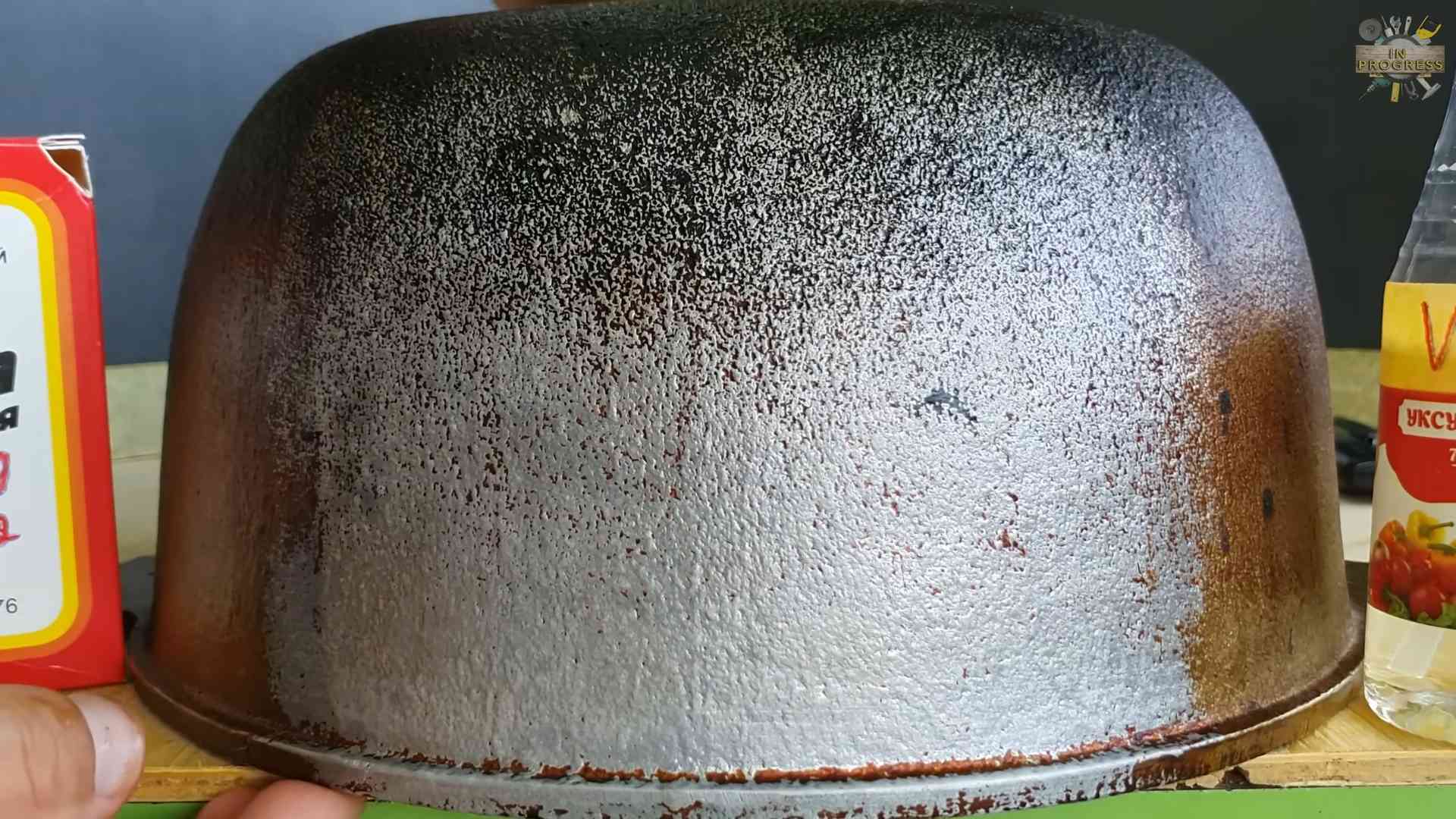
Conclusion
So, there you have it! Mastering the art of the baking soda and vinegar reaction is more than just a fun science experiment; it’s a powerful, eco-friendly, and surprisingly versatile tool for your home. From tackling stubborn stains to unclogging drains and even boosting your laundry, this simple combination offers a chemical-free alternative to harsh commercial products.
Why is this DIY trick a must-try? Because it’s effective, affordable, and readily available. You likely already have baking soda and vinegar in your pantry, making it an accessible solution for a multitude of household problems. Forget spending a fortune on specialized cleaners filled with questionable chemicals. Embrace the power of simplicity and harness the fizzing action of this dynamic duo.
But the possibilities don’t stop there! Feel free to experiment with variations to suit your specific needs. For a more potent drain cleaner, try adding boiling water after the initial baking soda and vinegar reaction. To deodorize your garbage disposal, toss in some citrus peels along with the baking soda before adding the vinegar. For cleaning grout, create a paste of baking soda and water, apply it to the grout lines, then spray with vinegar for a deep clean. You can even use this reaction in a closed container to create a small explosion for a science experiment (with adult supervision, of course!).
The key is to understand the basic principle of the baking soda and vinegar reaction and then adapt it to your specific cleaning or deodorizing challenge.
We encourage you to give this DIY trick a try and discover its many benefits for yourself. Not only will you be saving money and reducing your reliance on harsh chemicals, but you’ll also be contributing to a more sustainable lifestyle.
Don’t just take our word for it! We want to hear about your experiences. Share your tips, tricks, and successes in the comments below. What creative ways have you found to use the baking soda and vinegar reaction around your home? What challenges did you face, and how did you overcome them? Your insights could help other readers discover even more innovative applications for this amazing DIY solution. Let’s build a community of eco-conscious cleaners and problem-solvers!
We believe that everyone can benefit from understanding and utilizing the power of the baking soda and vinegar reaction. It’s a simple, effective, and environmentally friendly way to tackle a wide range of household tasks. So, go ahead, give it a try, and let us know what you think! You might just be surprised at how much you can accomplish with these two humble ingredients.
Frequently Asked Questions
What exactly happens when baking soda and vinegar are mixed?
When baking soda (sodium bicarbonate) and vinegar (acetic acid) are combined, they undergo a chemical reaction. The baking soda acts as a base, while the vinegar acts as an acid. This reaction produces carbon dioxide gas, water, and sodium acetate. The carbon dioxide is what causes the fizzing and bubbling that you observe. This fizzing action is what helps to loosen dirt, grime, and debris, making it an effective cleaning agent. The sodium acetate is a salt that remains after the reaction.
Is the baking soda and vinegar reaction safe to use on all surfaces?
While generally safe, it’s always a good idea to test the baking soda and vinegar reaction on an inconspicuous area first, especially on delicate surfaces like marble, granite, or certain types of painted wood. The acidity of the vinegar can potentially etch or damage these surfaces. Avoid using it on aluminum, as the reaction can cause discoloration. For most other surfaces, such as stainless steel, porcelain, and ceramic, it’s generally safe to use.
How much baking soda and vinegar should I use for different cleaning tasks?
The ratio of baking soda to vinegar can vary depending on the task. For unclogging drains, a common recommendation is to start with about 1/2 cup of baking soda followed by 1 cup of vinegar. For general cleaning, you can mix a paste of baking soda and water, then spray with vinegar. Experiment to find the ratio that works best for your specific needs. Remember that the reaction is self-limiting; once the acid and base are neutralized, the fizzing will stop.
Can I store a mixture of baking soda and vinegar for later use?
No, it’s not recommended to store a mixture of baking soda and vinegar. The reaction will continue until one of the ingredients is completely used up, and the carbon dioxide gas produced can build up pressure in a closed container, potentially causing it to burst. It’s best to mix the baking soda and vinegar immediately before you need to use them.
Is the baking soda and vinegar reaction environmentally friendly?
Yes, the baking soda and vinegar reaction is considered environmentally friendly. Both baking soda and vinegar are natural substances that are biodegradable and non-toxic. They don’t contain harsh chemicals or pollutants that can harm the environment. Using this DIY cleaning solution can help reduce your reliance on commercial cleaning products that often contain harmful ingredients.
Can I use the baking soda and vinegar reaction to clean my oven?
Yes, you can use the baking soda and vinegar reaction to clean your oven. First, sprinkle a generous amount of baking soda on the bottom of your oven. Then, spray the baking soda with vinegar until it’s damp and starts to fizz. Let the mixture sit for several hours or overnight. Finally, scrub the oven with a sponge or cloth and wipe away the residue. For stubborn stains, you may need to repeat the process.
What are some other uses for the baking soda and vinegar reaction besides cleaning?
Besides cleaning, the baking soda and vinegar reaction can be used for a variety of other purposes, including:
* Deodorizing: Place a bowl of baking soda and vinegar in a room to absorb odors.
* Gardening: Use a diluted solution of baking soda and vinegar to control weeds or adjust soil pH.
* Rust removal: Apply a paste of baking soda and vinegar to rusty surfaces to help loosen the rust.
* Science experiments: The reaction can be used for fun and educational science experiments, such as creating a volcano or launching a bottle rocket (with adult supervision).
What safety precautions should I take when using the baking soda and vinegar reaction?
While generally safe, it’s important to take a few precautions when using the baking soda and vinegar reaction:
* Avoid getting the mixture in your eyes. If contact occurs, rinse thoroughly with water.
* Don’t mix baking soda and vinegar in a closed container, as the pressure buildup can cause it to burst.
* Test the mixture on an inconspicuous area before using it on delicate surfaces.
* Supervise children when using the reaction for science experiments.
* If you have sensitive skin, wear gloves to avoid irritation.
Can I use different types of vinegar, such as apple cider vinegar, for the baking soda and vinegar reaction?
Yes, you can use different types of vinegar, such as apple cider vinegar or white wine vinegar, for the baking soda and vinegar reaction. However, white vinegar is generally the most effective and affordable option. The type of vinegar will affect the smell of the reaction, but the basic chemical process will remain the same.
What do I do if the baking soda and vinegar reaction doesn’t unclog my drain?
If the baking soda and vinegar reaction doesn’t unclog your drain, you can try a few different things. First, make sure you’re using enough baking soda and vinegar. You may need to repeat the process several times. You can also try using a plunger after the reaction to help dislodge the clog. If the clog is still persistent, you may need to use a drain snake or call a professional plumber.


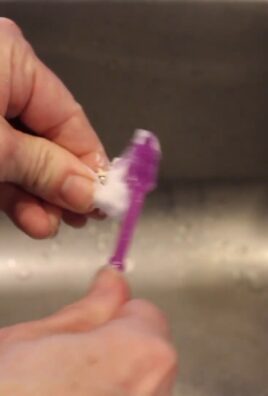
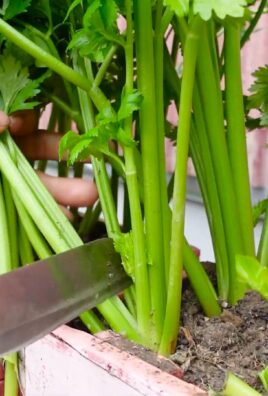
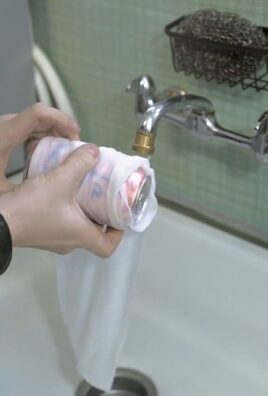
Leave a Comment